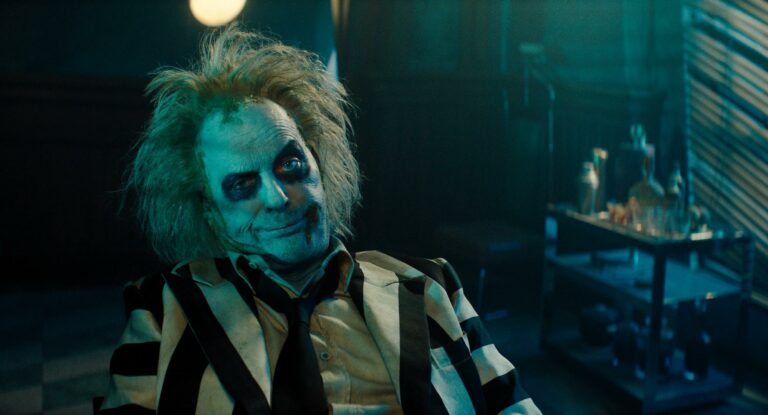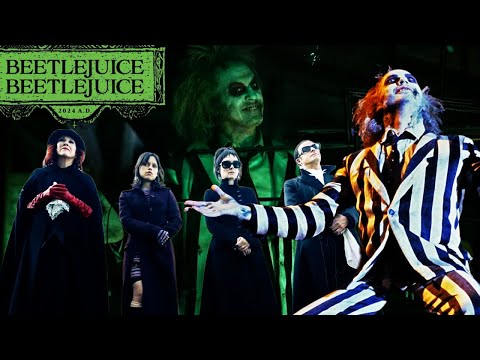The eagerly awaited trailer for Tim Burton’s Beetlejuice 2 has finally dropped, rekindling the dark, whimsical charm of the 1988 classic. As Michael Keaton reprises his iconic role, the film promises to resurrect the eerie and quirky atmosphere that fans cherished. However, amidst the excitement, a significant aspect of the trailer has sparked debates across social media—the quality of its CGI.
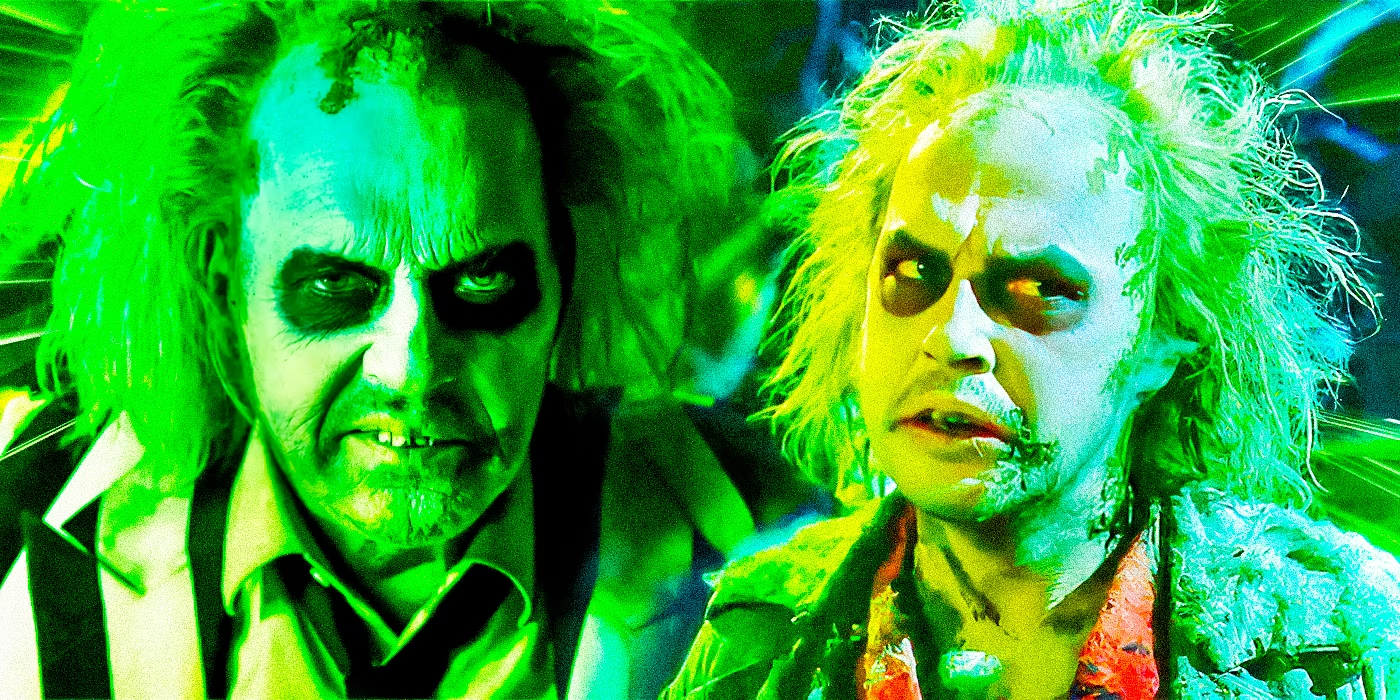
In an era where blockbuster movies, like those from Marvel, are often judged by the sleekness of their special effects, Beetlejuice 2 takes a different path. The trailer showcases visual effects that some fans describe as “visibly dated.” This choice, however, is not a result of budget cuts or technical limitations but a deliberate decision by the film’s creators, Michael Keaton and Tim Burton.
A Nostalgic Nod or a Misstep? The Controversial CGI of Beetlejuice 2
The one thing that he [Tim Burton] and I decided on early, early, early on from the beginning, if we ever did it again, I was totally not interested in doing something where there was too much technology,” Keaton explained. “It had to feel handmade.
This statement highlights a clear preference for a more tactile and personal filmmaking style, reminiscent of the original film’s charm.
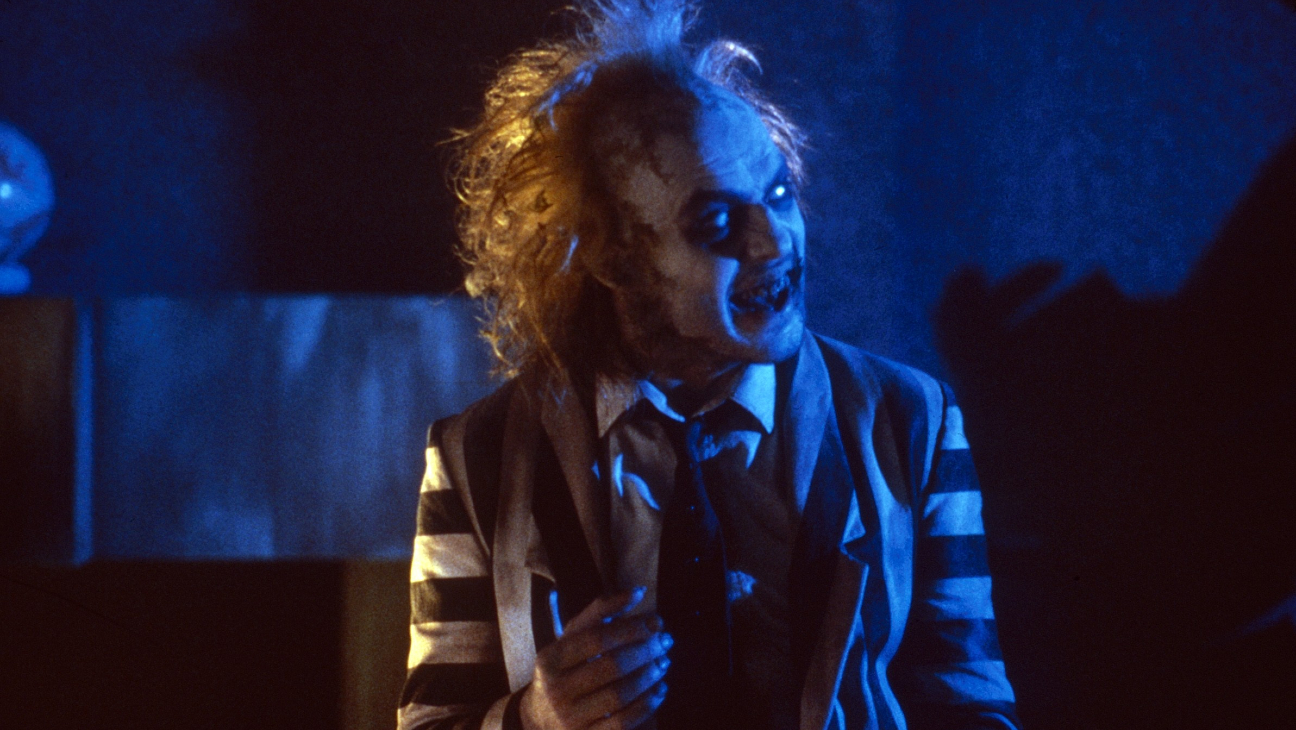
Despite these intentions, the reaction to the CGI has been mixed. Social media has seen various reactions, with some fans expressing disappointment. Comments range from critiques of the “worst CGI airplane I’ve ever seen” to others lamenting the lack of “real” practical effects. Yet, some enthusiasts appreciate this nod to the past, seeing it as a fitting tribute to the film’s roots and a counterpoint to the prevailing trend of ultra-realistic CGI.
The Strategy Behind the Style: Will It Pay Off?
The decision to employ retro-style CGI in Beetlejuice 2 raises an interesting question about audience expectations and filmmaker intentions. In a cinematic landscape dominated by hyper-realistic visual effects, Burton’s approach can be seen as either a breath of fresh air or a risky move that might alienate modern viewers.
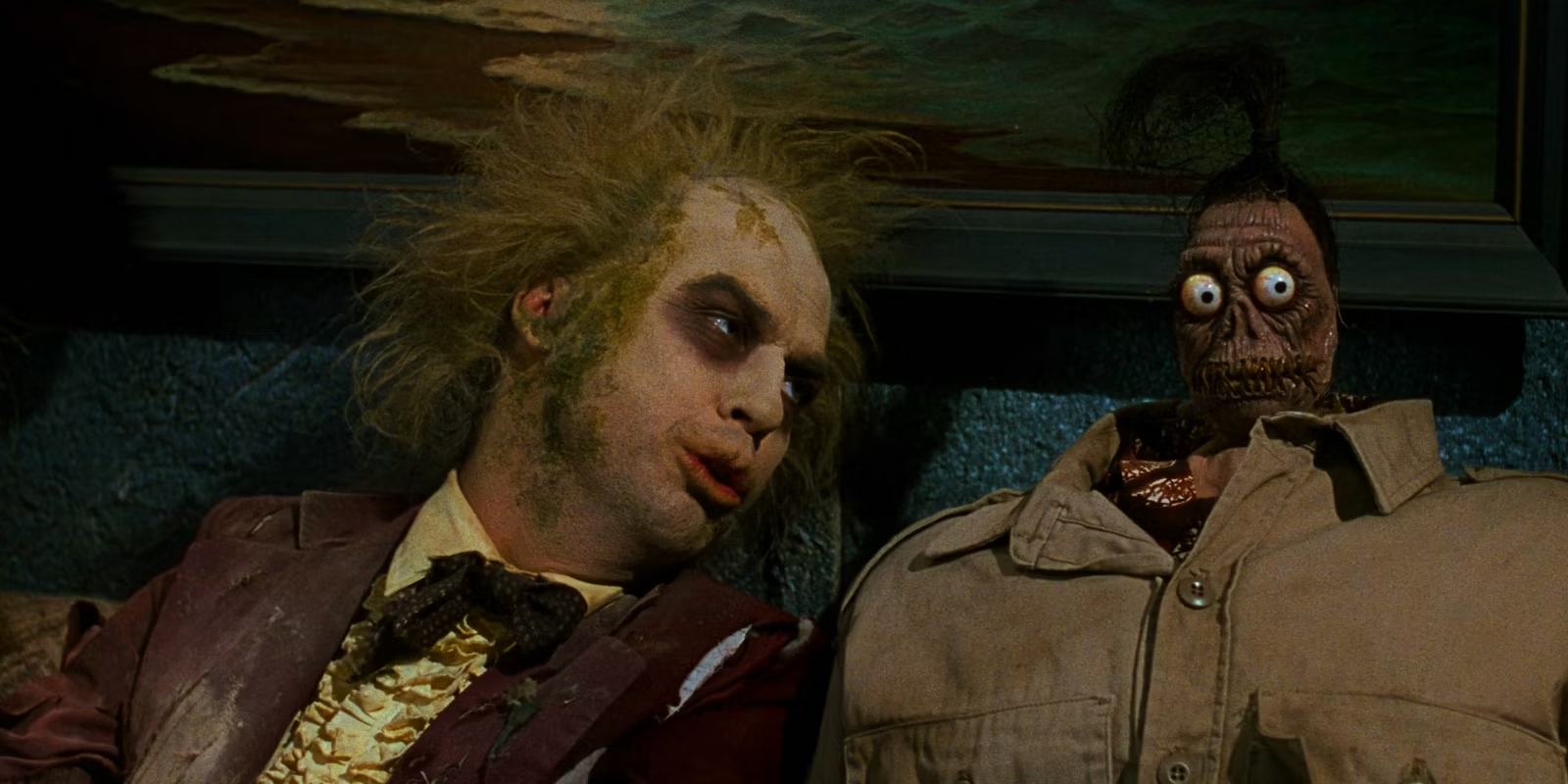
As we count down to the film’s release on September 5, 2024, it remains to be seen whether this gamble will resonate with audiences or detract from the film’s reception. What is clear, however, is that Tim Burton and Michael Keaton are committed to preserving the unique, handmade aesthetic that made Beetlejuice a cult classic. Whether this will be enough to captivate a 2024 audience is a mystery only time will unravel.

What this approach undeniably does is set Beetlejuice 2 apart from its contemporaries, making it a standout project in an industry often criticized for its over-reliance on technological spectacle. This bold move could potentially rekindle an appreciation for the artistry of old-school effects, offering a unique cinematic experience that pays homage to the magic of practical effects and the original film’s legacy.
